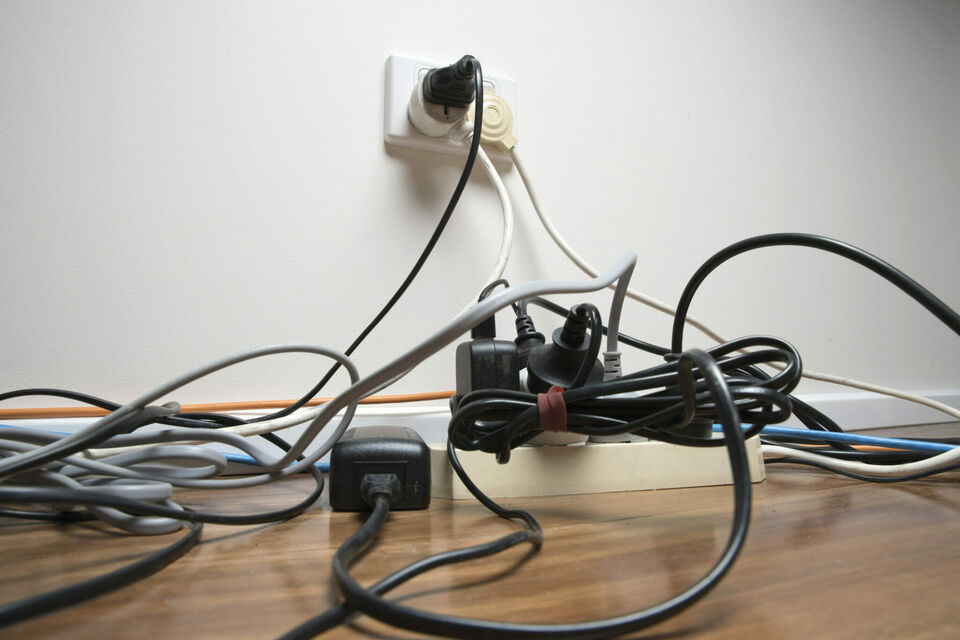There were several fires caused by plug strip on Cape Cod this year, two with fatal injuries.
A power strip combines several sockets attached to the end of a flexible cable, allowing multiple devices to be plugged in. The biggest safety concern with power strips is their potential for fire if overloaded.
Precautions for fire prevention:
· Do not plug power strips into other power strips to make what is sometimes called a “piggy back” or “daisy chain.”
· Only use power strips that have a built-in surge protector (i.e., voltage regulator) and preferably also a built-in circuit breaker to prevent circuit overload.
· Do not use power strips for appliances with heating elements, such as electric space heaters or bench-top cooking appliances.
· Assure that all power strips meet recognized testing requirements. Although Underwriters Laboratories (UL) is the most recognizable label, there are many other testing laboratories that test and label electrical equipment.
· Do not plug power strips into extension cords; plug them directly into wall sockets. Extension cords are not to be used for permanent applications.
· A heavy reliance on power strips is an indication that you have too few outlets to address your needs. Have additional outlets professionally installed.
Determining power strip capacity:
Know the capacity of the circuit and the power requirements of all electrical items plugged into the power strip and other outlets on the circuit. In order to determine this:
· Determine the capacity of your power strip (in amps or watts).
· Determine the load (i.e. power requirements) of all the electrical items plugged into the power strip in amps or watts.
· Add up the power requirements. Assure that the total does not exceed 80% of the rated capacity of your power strip. Also, determine the same for the circuit serving the power strip to assure that it is not overloaded.
Example: A power strip is rated for 15 amps/120 V. (Note that watts = amps x volts.)
· 15 amps x 120 volts = 1800 watts.
· 1800 watts x 80% = 1440 watts that may be used.
Always unplug them when leaving your jobsite for the day.
NOTE: Always promote a discussion on any of the topics covered in the Tool Box Talks. Should any question arise that you cannot answer, don’t hesitate to contact your Employer.
